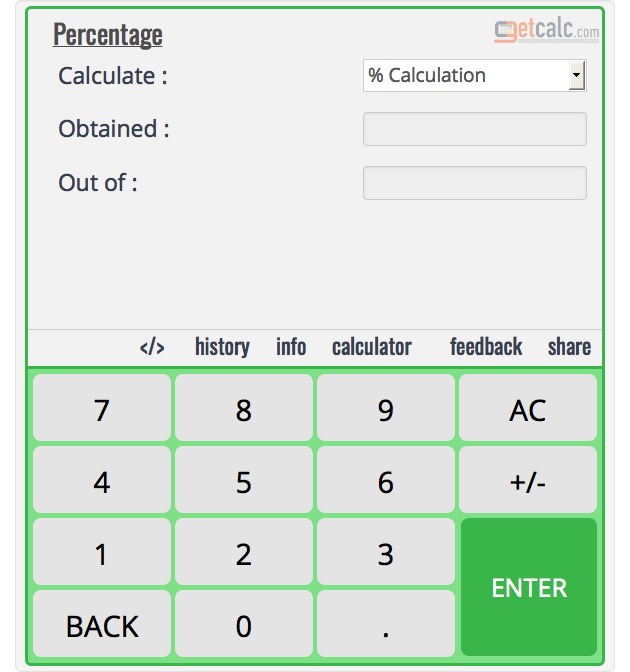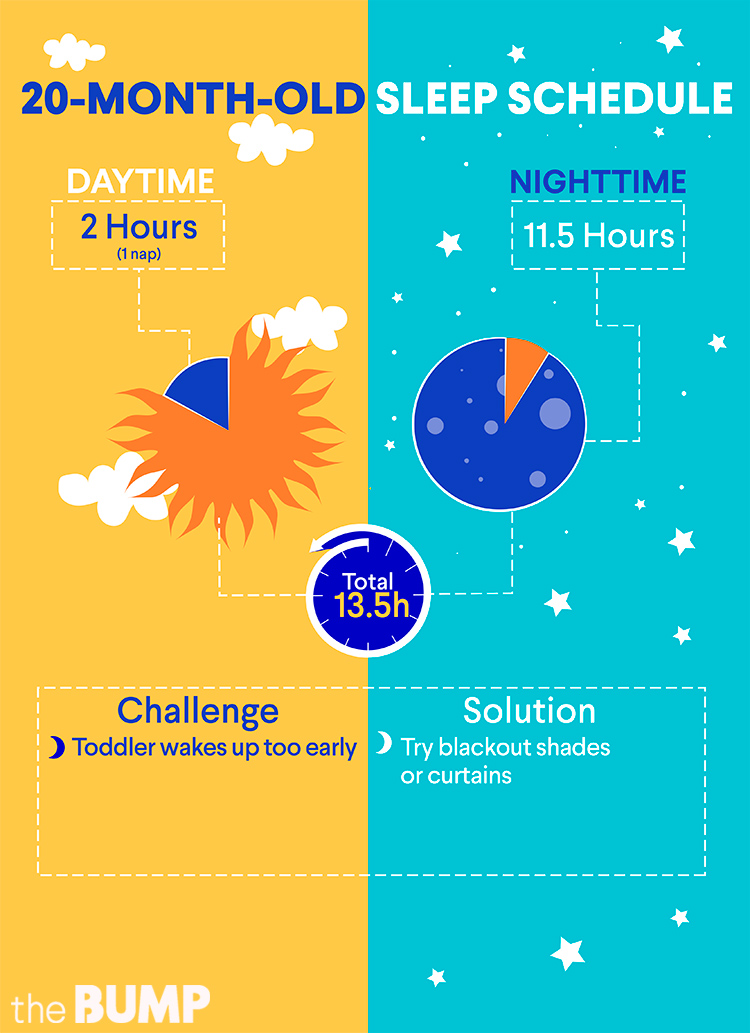

The control group should be easily identifiable. The number of patients lost to follow up should be stated and explanations given. The sampling method should be described and the sample size should be justified.Įntry criteria and exclusions should be stated and justified. The source of the sample should be stated. The sample should accurately reflect the population from which it is drawn. The aim of the study should be clearly stated. They are often used to generate hypotheses that can then be studied via prospective cohort or other studies. They seek to identify possible predictors of outcome and are useful for studying rare diseases or outcomes. Case controlled studies compare groups retrospectively. They are relatively quick and easy but do not permit distinction between cause and effect. Cross sectional studies are used to determine prevalence. Because they measure events in chronological order they can be used to distinguish between cause and effect. Cohort studies are used to study incidence, causes, and prognosis.

Often these studies are the only practicable method of studying various problems, for example, studies of aetiology, instances where a randomised controlled trial might be unethical, or if the condition to be studied is rare.

Cohort, cross sectional, and case-control studies are collectively referred to as observational studies.


 0 kommentar(er)
0 kommentar(er)
